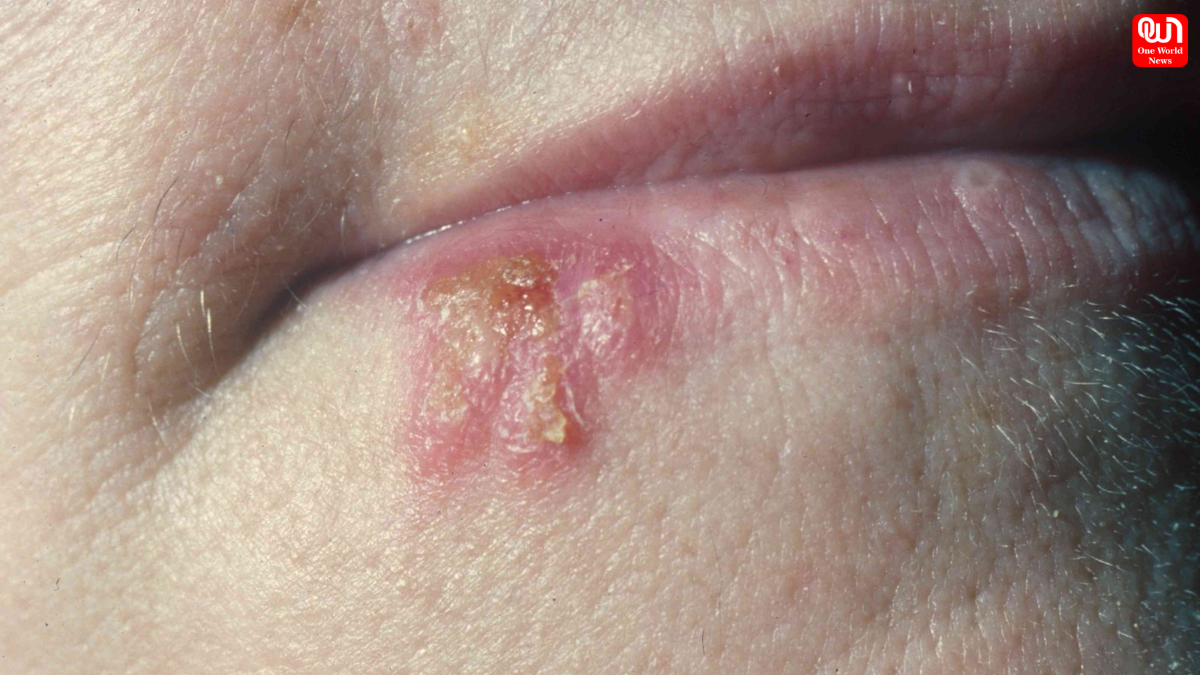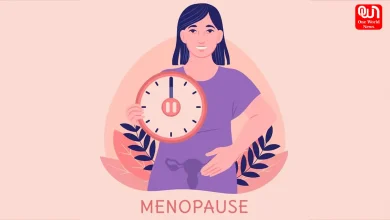When Your Skin Speaks: 5 Key Symptoms of Sexually Transmitted Infections to Watch For
Learn how to recognize 5 skin-related symptoms that may indicate a sexually transmitted infections (STI), and why early detection is vital for health.
Recognizing Skin Symptoms of Sexually Transmitted Infections: 5 Key Conditions to Watch For and Why Early Detection is Crucial for Your Health
Sexually transmitted infections (STI) are often discussed in terms of internal symptoms, but your skin can also serve as a system of early warning. Although not all shows visible features, many of them can manifest themselves with noticeable changes in the skin that signal infection. Recognition of these characters in time can help with early treatment, reducing the risk of complications and transmission. Here are five sti, which often show symptoms of skin to be careful about.
1. Genital herpes: Blisters and Sores
One of the most famous symptoms of STI -related STI is the appearance of the genital herpes, which is caused by the Herpes Simplex (HSV) virus. This infection is manifested as small blisters filled with fluid in the areas of genitalia, anal or mouth. These blisters can burst and leave painful ulcers that can be treated. Before the outbreak, many individuals experience itching or feeling of armor, which is a sign that the infection occurs.
While the outbreaks of the genital herpes can be managed, the virus remains in the body and can be repeated, so these symptoms soon recognition is essential for effective mastery.
2. Syphilis: painful Sores and Rashes
Syphilis is a bacterial infection that usually begins with a painless ulcer known as Kancre, which occurs at the site of infection, usually around genitalia, rectum or mouth. Although these ulcers will recover themselves within a few weeks, the infection may proceed to more serious stages if it is not treated. In later stages, syphilis can cause a rash on the skin that normally occurs on the palms of the hands and feet of the legs, along with other symptoms similar to the flu.
Read more: Why Heart Disease is a Growing Crisis in India: 60% of Global Cases at Risk
Although ulcers can be treated without intervention, syphilis requires treatment to prevent infection and cause long -term health problems.
3. Human papillomavirus (HPV): The warts on the skin
HPV is a viral infection of many tribes, some of which can cause genital warts. These warts are soft, fleshy growth that may occur on genital, anal or even in the mouth. While HPV is often unnoticed, because it does not always cause symptoms, the presence of warts is a visible symptom of active infection. These warts can be itchy or unpleasant, and although they may not cause serious damage, they should be treated to prevent further spread and potential complications such as certain types of cancer.
If you notice any warts or growth, it is necessary to seek medical attention, as early intervention can help manage the condition and reduce transmission.
4. Molluscum Contagiosum: Small Hoor Bumps
Molluscum Contagiosum is another viral infection that may appear as a small, raised, pearl bumps on the skin. Although this infection is not always sexually transmitted, it can spread through close contact with the skin during sexual activity. Hrpovky is usually painless even if they can be inflamed or irritated. They usually appear in the genital area, but can spread to other parts of the body. Although benign, they are very contagious, so the treatment is important to prevent the spread of infection to others.
If you notice unusual bumps or skin growths, it is best to consult a health care provider for a suitable diagnosis and treatment.
5. Scabies: itching and rashes
Although scabies are not classified as STI, it can be transmitted by sexual contact and causes intensive itching. The scabies are caused by a small mite that plunges into the skin and causes red bumps, blisters and ulcers. Itching is the most serious at night and is often accompanied by a rash, usually in areas of genitalia or armpits. If it is not treated, the rash may deteriorate and secondary bacterial infections may occur as a result of scratches.
Treatment of scabies is necessary to remove mites and alleviate symptoms. If you notice severe itching or a rash that does not improve, the search for medical care is crucial.
Read more: Anshulaa Kapoor Shares PCOS-Friendly Food Swaps for Healthy Living
Conclusion
Recognition of Skin symptoms related to STIs is the key to early detection and treatment. From painful ulcers to rash and warts, these changes in the skin can be signals that your body is engaged in infection. If you notice unusual skin changes after sexual activity, it is important to look for professional care for the right diagnosis. Early intervention helps not only in the control of infection, but also in preventing its spread to others. Stay informed, stay protected and prefer your sexual health.
We’re now on WhatsApp. Click to join.
Like this post?
Register at One World News to never miss out on videos, celeb interviews, and best reads.








